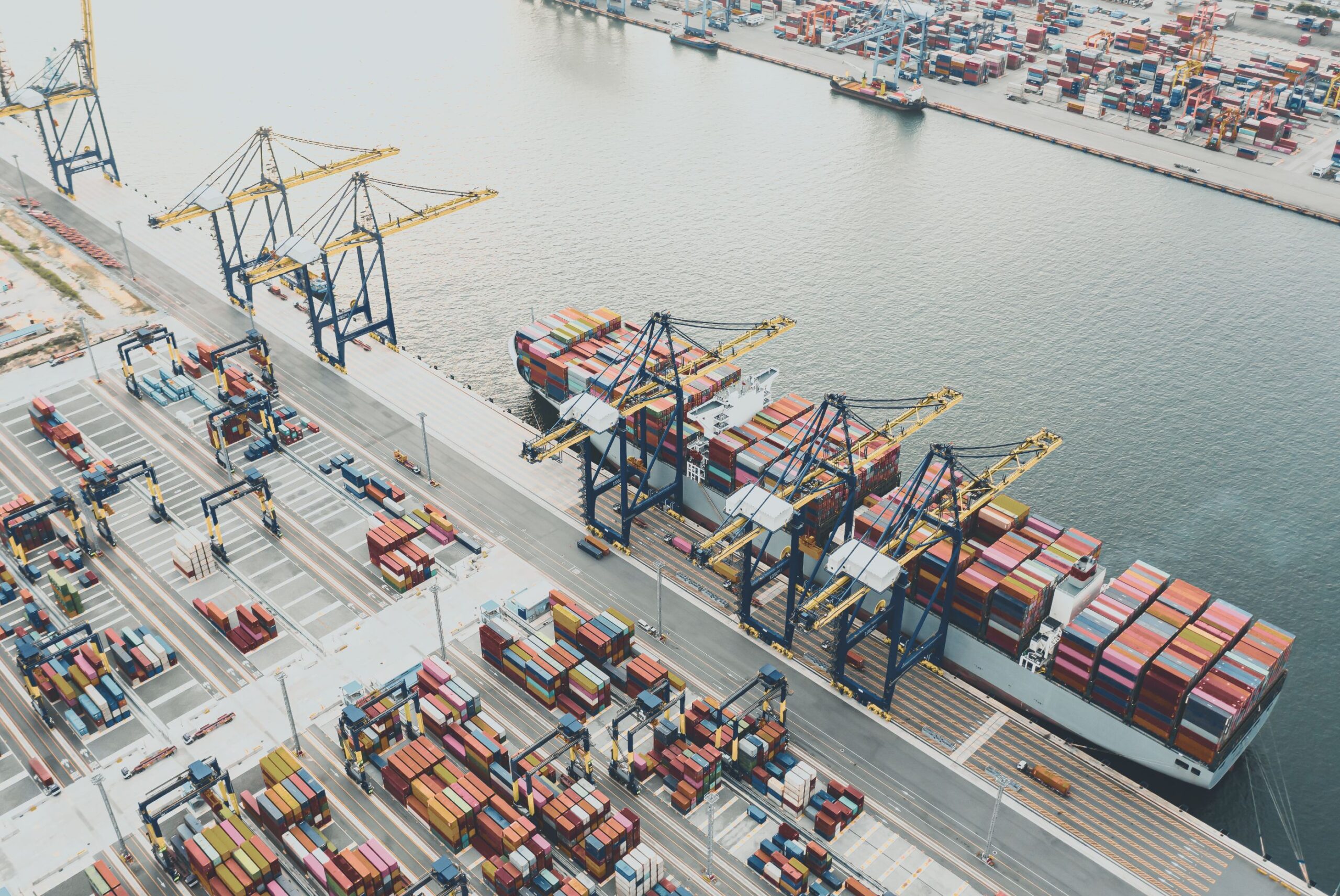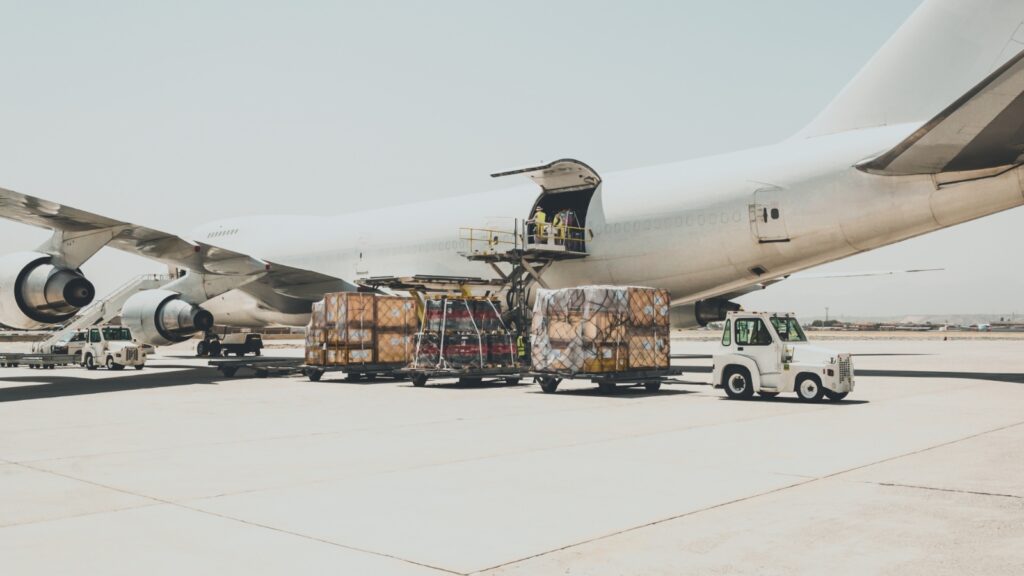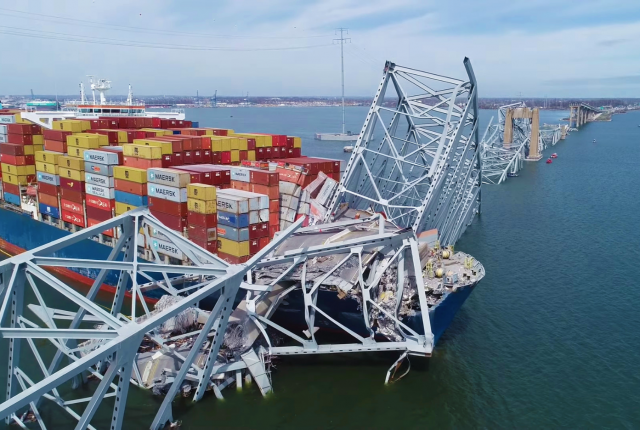
Freight Industry Market Update: Trend to Watch
[Ocean – TPWB] Multiple carriers are pushing Trans-Pacific West Bound (TPWB) General Rate Increases (GRIs) from inland rail ramps for December.
[Ocean – TAWB] Both Maersk and MSC are reshuffling two million ocean freight services so that operations to the U.S. are run by the companies themselves. This is expected to be completed by the end of 2024. In other news, ocean freight demand is still so weak that some carriers are considering stopping certain loops altogether for the winter rather than doing blank sailings.
[Ocean – FEWB]
EUR trade: The market remains flat, and capacity will be slightly impacted due to the vessel deployment change/suspension in South East Asia. We expect rates to drop slightly but liners are still planning for a General Rate increase in December ($500-700 increment per different carriers; more to follow). Plus, three more blank sailings were announced by the Operations Associate (OA) in the past week while The Alliance (THEA) announced FE5 suspension from week 46 until further notice but added Cai Mep Facilities and FE3 service. In other news, Compagnie Maritime d’Affrètement (CMA) announced taking out Cai Mep on FAL3 from week 48 plus the 2 million Winter Program. Market capacity will still be down by at least 20% through November, but vessel utilization has improved. If there are any further changes, carriers will announce more void plans to support the rate increment.
MED trade: Following North Europe, MED GRI started with a $700-800 increment and the same action will be applied for December. No further void plan has been announced for MED, but utilization is not as ideal as liners expected. Freight of All Kinds (FAK) rates may drop further in the second half of November, and we expect a cargo rush prior to the December GRI being implemented in the last week of November.
[Air – Global] IATA Air Cargo Industry Update fresh of the press: Growth and Challenges in Numbers.

1. Cargo Demand Growth: Global air cargo demand continued to grow year-on-year, with cargo tonne-kilometers (CTKs) reaching 20.8 billion, a 1.9% increase compared to September 2022.
2. Capacity Expansion: Available cargo tonne-kilometers (ACTKs) increased significantly by 12.1% year-on-year, reaching 47.6 billion, driven by robust growth in international belly cargo capacity.
3. Trade Challenges: Global trade declined by 3.8% in August, impacting air cargo demand. In the U.S., inflation remained stable, while global jet fuel prices surged by 43.1% since May.
4. Regional Growth: Airlines in Asia Pacific, Latin America, Middle East, and North America all registered annual growth in their international CTKs, with Asia Pacific airlines leading with a 4.2% increase.
5. Trade Lanes: Asia-related trade lanes, including Africa-Asia (12.8%) and Europe-Asia (9.6%), saw strong growth in international CTKs, while Europe-Asia showed significant improvement from the previous month.
6. Regional Performance: Asia Pacific airlines had the strongest growth in international CTKs at 4.2%, followed by the Middle East (2.5%) and Latin America (1.5%). European airlines experienced a decline in international CTKs by 1.7%. 7. Inflation Impact: The surge in global jet fuel prices led to an increase in air cargo yields for the first time since November 2022.

